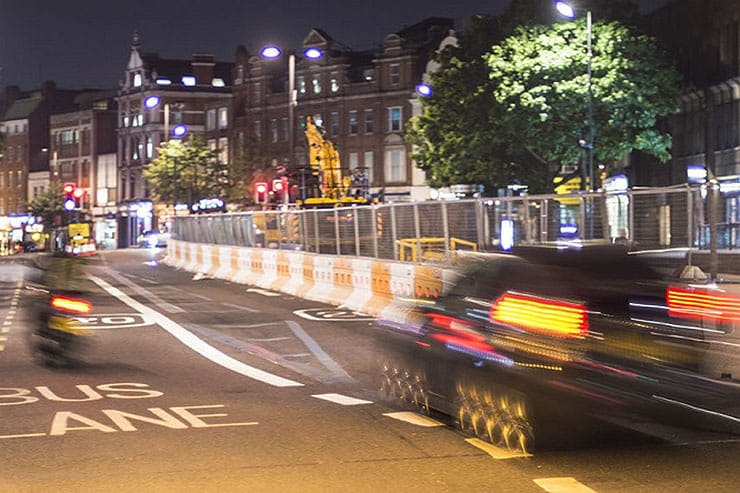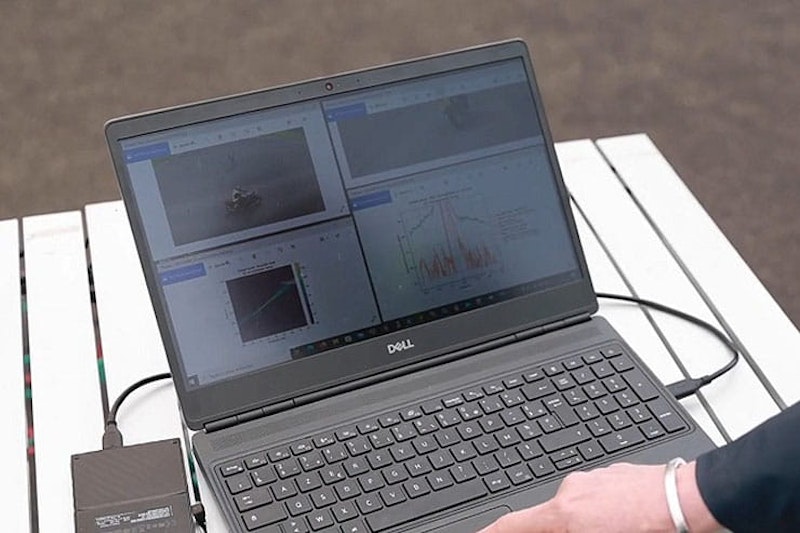Noise camera trials begin
By Ben Purvis
Motorcycle Journalist
18.10.2022
Noise cameras intended to catch illegally loud cars and bikes are to go online in Bradford today (18th October 2022) before spreading to Bristol, Great Yarmouth and Birmingham during a trial to find out whether the technology is effective in reducing what the Government describes as ‘antisocial driving’.
The system uses microphones and ANPR cameras to record and photograph vehicles that cross a noise threshold, but unlike speed cameras they aren’t to be used to automatically trigger fixed penalty notices or prosecutions. Instead, the photos and measurements of the noise levels will be used to create a ‘digital package of evidence’ for police to issue fines.
The first camera in the £300,000 trial is in Keighley, Bradford, and it will be moved to the other three locations during the next two months to evaluate the technology.
Transport Secretary Anne-Marie Trevelyan said: “Rowdy road drivers beware – these new cameras will help the police clampdown on those who break the legal noise limits or use illegal modified exhausts to make excessive noise in our communities
“We’ll be working closely with the local authorities and police to share any findings, and I hope that this technology paves the way for quieter, peaceful streets across the country.”
This isn’t the first time that noise cameras have been trialled in the UK. Back in 2019, Atkins-Jacobs Joint Venture – the same consultancy that’s running the latest trial – tested noise cameras in two locations to see how viable the technology was.
Although testers specifically placed the first camera at Loomies Moto Café in the Meon Valley, the host of regular Wednesday bike meets and specifically chosen because police highlighted that the area attracted motorcycles, the number of motorcycles that the camera recorded was tiny. Despite being in place for 12 days and passed by 9,902 vehicles, the camera only recorded a sample of three motorcycles during the time. For comparison, it identified 751 noisy cars during the test. The second test site, on the Marchwood Bypass near the National Motor Museum in Beaulieu and timed to coincide with the New Forest VW Santa Run held at the museum, was passed by 51,941 vehicles and identified a mere 115 noise cars and just one motorcycle during the trial.
The report on that 2019 trial concluded: “The noise camera trial found that while it may be possible to objectively identify driving styles from acoustic data, further research is required to identify objectively those that are ‘excessively noisy’. From an enforcement perspective, to enforce against excessively noisy driving styles the noise camera would need to demonstrate that beyond the balance of probabilities an offence has occurred. Obtaining data on driving styles is difficult as they are highly variable and may not withstand legal scrutiny if applied to an enforcement noise camera. It is considered that adverse driving styles are best enforced using current methods or by using the noise camera to detect an excessively noisy vehicle without further distinction.”
Going into the new trial, Atkins-Jacobs Joint Venture hopes to see more convincing results, with Practice Director Andrew Pearce saying: “The real-world trials of the technology solution the Atkins Jacobs JV has developed and tested on the track is an important step for the scheme towards solving a problem that affects many communities across the UK.
“We are fully expecting the trial in these four chosen locations to confirm what we have seen in testing, which is a highly targeted use of technology to ensure only those motorists making excessive noise will be subject to enforcement.”
Share on social media:

